Dubbed ‘Luminous Fast Coolers,’ this new class of extreme cosmic explosion is incredibly rare — and unbelievably bright.
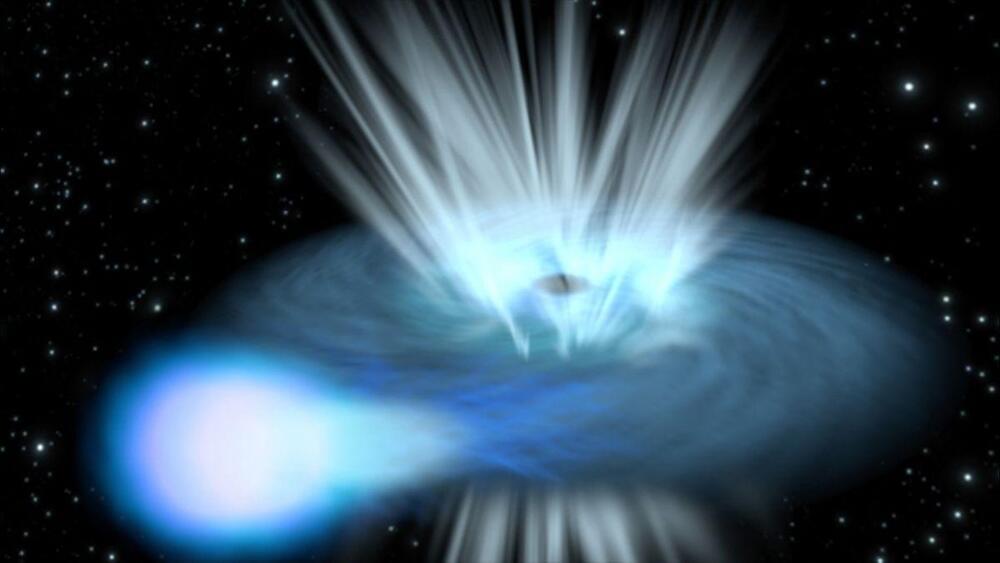

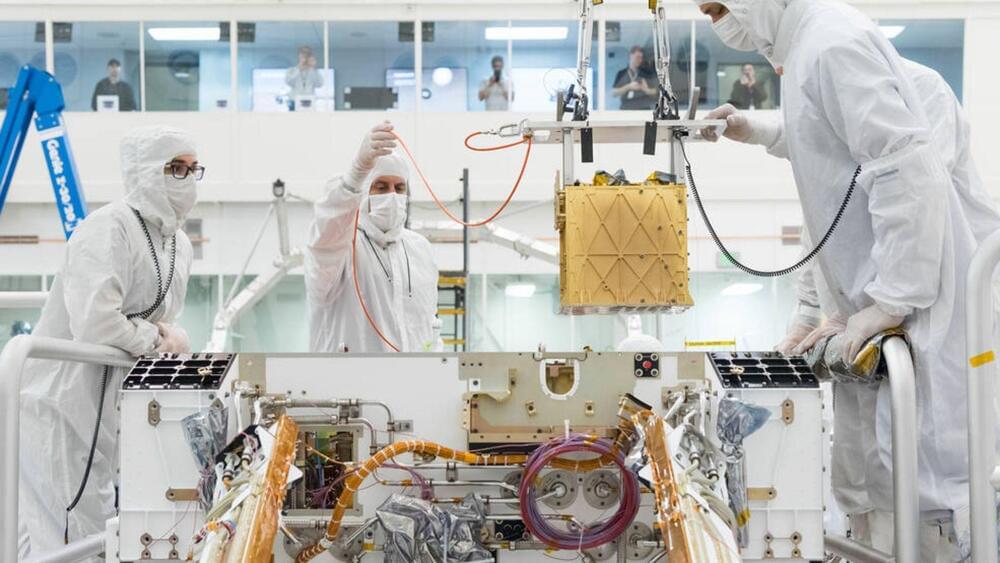
Since the Perseverance rover’s landing in 2021, MOXIE has produced a cumulative 122 grams of oxygen.
NASA’s Mars Oxygen In-Situ Resource Utilization Experiment (MOXIE) successfully concluded its mission by producing oxygen on the Red Planet for the 16th and final time. Developed by a team at the Massachusetts Institute of Technology (MIT), the machine exceeded the initial expectations of its creators and has set a strong precedent for future missions aimed at human exploration of Mars.
“MOXIE’s outstanding results validate the viability of extracting oxygen from the Martian atmosphere—a crucial resource for both life-support and propellant for return missions,” stated NASA Deputy Administrator… More.
Source: NASA

Quantum technology’s future rests on the exploitation of fascinating quantum mechanics concepts—such as high-dimensional quantum states. Think of these states as basic ingredients of quantum information science and quantum tech. To manipulate these states, scientists have turned to light, specifically a property called orbital angular momentum (OAM), which deals with how light twists and turns in space. Here’s a catch: making super bright single photons with OAM in a deterministic fashion has been a tough nut to crack.
Now, enter quantum dots (QDs), tiny particles with big potential. A team of researchers from Sapienza University of Rome, Paris-Saclay University, and University of Naples Federico II combined the features of OAM with those of QDs to create a bridge between two cutting-edge technologies.
Their results are published in Advanced Photonics.
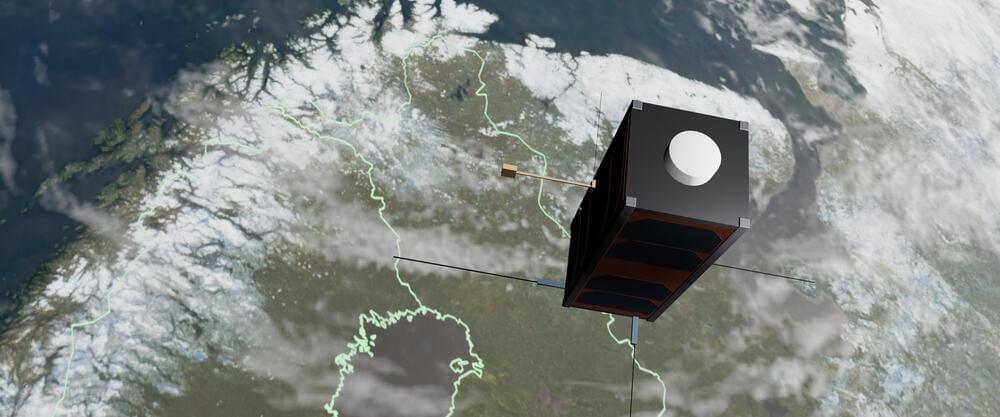
This galaxy, named 9io9, is situated at such an immense distance that its light has traveled for over 11 billion years before reaching the Earth.
A powerful ground-based telescope has detected a magnetic field in a most distant galaxy, making it an unprecedented discovery. To date, astronomers have mostly detected and mapped magnetic fields in nearby galaxies.
This galaxy, named 9io9, however, is situated at such an immense distance that its light has traveled for over 11 billion years before reaching the Earth. This means we are observing it as it existed when the universe was a mere 2.5 billion years old.
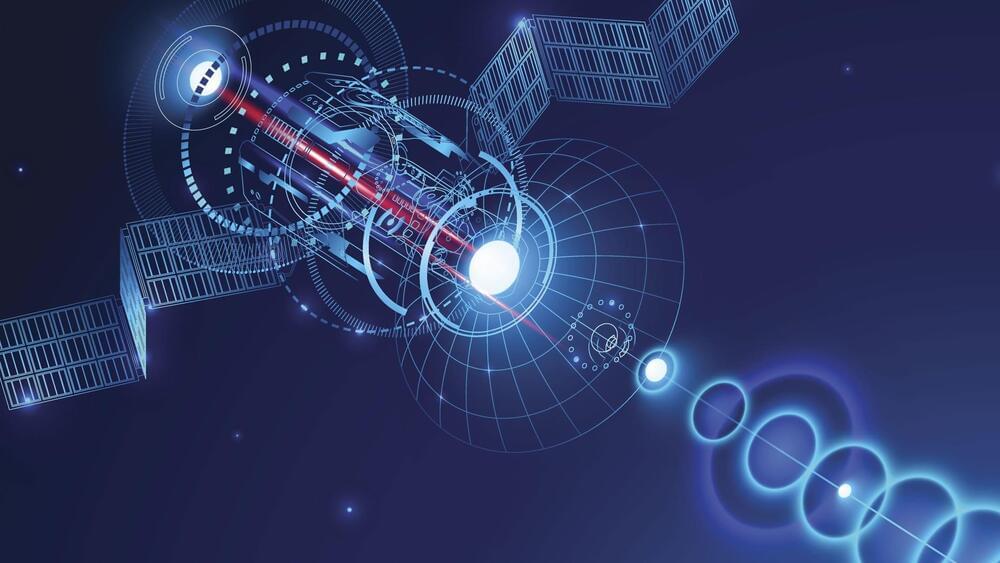
Chinese scientists have apparently developed a new kind of magnetized coaxial gun that can generate magnetized plasma rings to move stuff at a distance without physical contact.
Chinese scientists are working on a device that uses plasma rings to move objects at a distance. Touted as possibly being used for contactless satellite recovery, delivery, or space object deflection, the team behind the program is confident the device would work in principle, the South China Morning Post.
Likened to the “Jedi” abilities of ‘Force Push’ and ‘Force Pull’ in the science fiction franchise ‘Star Wars’ (though possibly closer in concept to an actual ‘tractor beam’), the device could prove revolutionary for many industries if proven viable.
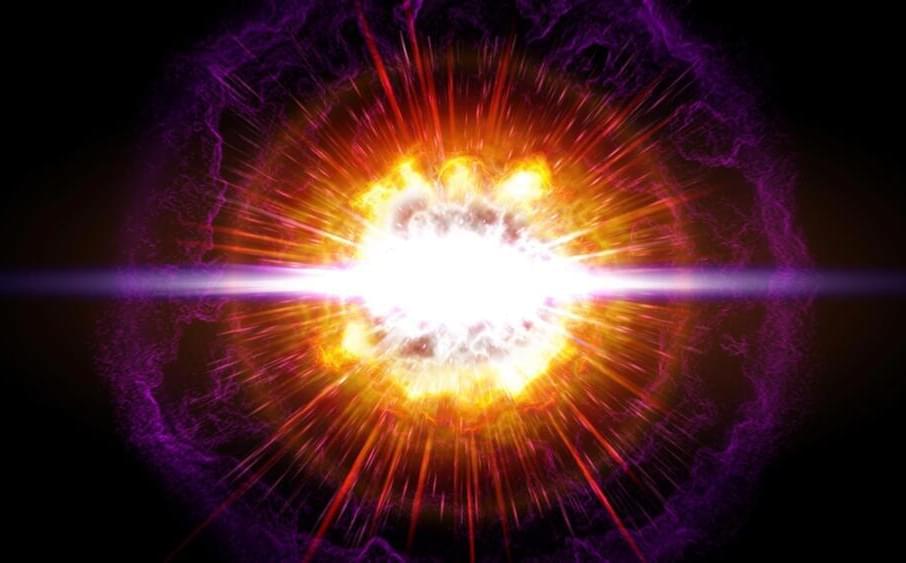
The newly found explosion is so powerful that it produced brightness comparable to hundreds of billions of Suns.
The vast and continuously expanding nature of our universe implies that there is a high probability that our current knowledge and documentation of it represent only a small fraction of the whole picture. And there are millions of new cosmic events and objects waiting to be discovered.
Scientists have now discovered an unusual type of star explosion that is exceptionally luminous and outshines the majority of known supernovae.
Japan’s space agency has launched a rocket on September 6 at 7:42 PM EDT carrying a telescope that’s more advanced than NASA’s Chandra and other X-ray observatories already in orbit. The X-Ray Imaging and Spectroscopy Mission — or XRISM but pronounced as “crism” — is a mission led by JAXA (Japan Aerospace Exploration Agency) in collaboration with NASA and with contributions by the European Space Agency. Lia Corrales, a University of Michigan astronomer and mission participant, told The New York Times that XRISM represents “the next step in X-ray observations.”
The telescope is considered more powerful than its predecessors because of its tools. One of them, called Resolve, is a microcalorimeter spectrometer with the capability to measure tiny increases in temperature when X-rays hit its 6-by-6-pixel detector. It must operate in an environment that’s a fraction of a degree above absolute zero, enabled by a multistage mechanical cooling process inside its refrigerator-sized container with liquid helium. But so long as it’s working, the tool can measure each individual X-ray energy and can provide information on its source’s composition, motion and physical state.
The Times says the mission team expects Resolve’s spectroscopic data to be 30 times sharper than what Chandra’s instruments can provide. It can detect X-rays with energies that range from 400 to 12,000 electron volts, which NASA says can give us the data needed to know more about the hottest regions, the largest structures and the objects with the strongest gravity pull in the universe. XRISM’s science operations won’t begin until January, though, since scientists still have to switch on its instruments and tune them in the next few months.
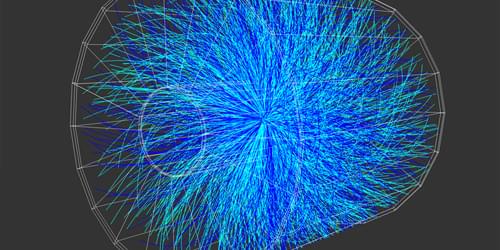
The Large Hadron Collider (LHC) is best known for the 2012 discovery of the Higgs boson, which was made by smashing together high-energy protons (see Collection: The History of Observations of the Higgs Boson). But protons are not the only particles accelerated by the collider, and some studies call for colliding much heavier objects. Now a team working on the LHC’s ALICE experiment has collided lead nuclei to study an exotic particle called a hypertriton [1]. The result could help researchers reduce errors in models of the structure of neutron stars.
A hypertriton is a tritium nucleus in which one neutron has been replaced with a lambda hyperon, a heavier particle with a quark configuration of up-down-strange rather than up-down-down. Researchers have long known the energy it takes to bind tritium’s proton and two neutrons. But it was unclear how that energy changed with the neutron–lambda hyperon switch.
The ALICE Collaboration turned to lead–lead collisions to answer this question because these collisions produce hypertritons in much greater numbers than proton–proton ones do. A hypertriton quickly decays into a helium-3 nucleus and a pion, with the decay time and the energy of the decay products depending on the binding energy between the lambda hyperon and the hypertriton core.

Several telescopes are still down weeks after a cybersecurity attack was discovered by US National Science Foundation (NSF) researchers. There is presently no information available on when the Gemini North telescope in Hawaii and the Gemini South telescope in Chile will resume operations. A number of smaller telescopes on the slopes of Cerro Tololo in Chile were also shut down “out of an abundance of caution”.
The IT team at the National Science Foundation’s NOIRLab discovered suspicious behavior in the laboratory’s computer systems early on the morning of August 1. This led to the decision to temporarily halt activities at the huge optical infrared telescopes located on Hawaii’s Maunakea for the sake of safety.
The ‘double’ telescope located in the southern Andes of Chile was already in the process of being prepped for maintenance and required very little more work.